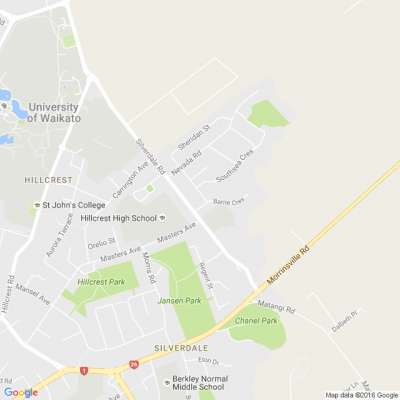Epilepsy and children
Epilepsy affects 1 in 100 people, and most have their first seizure in childhood. The largest group of people with epilepsy is children under the age of five.
There are many types of seizures with varying degrees of severity. Some types of childhood seizures are benign (the child grows out of them and his/her development and intellect are usually normal). Some types are more serious and are associated with other problems. If your child has a syndrome you can receive more information from this website. www.epilepsy.org.uk...
Children with epilepsy have a wide range of learning abilities. Epilepsy does not necessarily
hinder learning and skill development, but many children do experience learning issues which may include ongoing motor skills or cognitive functions, as well as a difficulty acquiring new skills or knowledge.
Anti-epilepsy drugs (AEDs) are commonly used for the treatment of epilepsy and most children’s seizures are controlled with their use. All medication needs to be taken regularly every day, and compliance in taking them is essential in maintaining seizure control. Status epilepticus (or non-stop seizures) is a serious medical emergency. Phone 111 for help.
All AEDs can cause unwanted side effects and an epilepsy specialist will work to alleviate them where possible. Report all side effects to your specialist. It is important that your child remains on his/her medication at all times unless directed otherwise by your epilepsy specialist.
Establish with the epilepsy specialist a comprehensive care plan for your child.
For those children with refractory epilepsy, the ketogenic diet (which is high fat, adequate protein, low carbohydrate) has been used to treat seizures, and is often seen as a last resort. The body burns fat, not sugar, for energy (ketosis). The ketogenic diet is rigid, and strictly calculated, and requires commitment by both the parent and child. Children on this diet cannot deviate from it. Specialist advice and support are essential.
Some children with uncontrolled seizures may be candidates for surgery, or the use of a vegal nerve stimulator. Your epilepsy professional can advise about these options to help establish seizure control for your child.
Safety in the home and at school is important for all children with epilepsy. A risk management plan should be formulated with your child’s classroom teacher and school
Ask for information, help and support from your EWCT epilepsy adviser
Help your child to enjoy his/her life.

What workplace change would you like to see most?
This coming Monday is Labour Day in New Zealand. This public holiday marks when the eight-hour workday and 48-hour workweek became law in 1899. The idea started with Samuel Parnell, a carpenter in Wellington, who in 1840 refused to work more than eight hours a day. Since skilled workers were in short supply, his employer had to agree.
As more skilled workers arrived, employers tried to change working conditions, but Parnell and others kept pushing for better rights. In 1890, Parnell led a Labour Day parade of 1,500 people to promote the eight-hour day. He passed away shortly after, and nine years later, Labour Day became an official public holiday.
Do you feel that we have reached the ideal in working environments yet? What rights are you passionate about relating to employment? Share your thoughts!

Six tips for improving security around your home
1) Improve outdoor lighting
Ensure that streets, driveways, and front yards are well-lit. Motion-sensor lights around homes deter trespassers by reducing hiding spots and illuminating their movements.
2) Trim your trees
Overgrown shrubs and trees provide cover for intruders. Keeping them well-trimmed around windows and doors improves visibility and reduces potential hiding spots.
3) Secure Entry Points
Ensure doors, windows, and gates are always closed when you are away from the house. Upgrade to more secure locks, deadbolts, or even smart locks for added protection.
4) Add a security camera
Place security cameras in the main entry points to your home. Doorbell cameras are also relatively cheap and a great way to keep track of who is visiting your home when you aren't there.
5) Start a Neighborhood Watch Program
You could reach out to members on Neighbourly to form a group of neighbors who can regularly keep an eye out for suspicious activity and report it. You could also check with Neighbourhood Support to see what is existing in your area.
6) Introduce yourself to your neighbours
The closer you are to your neighbors, the more likely they’ll notice when something unusual or suspicious is happening around your property
Feel free to share anything that you do around your area to deter crime.

What's your favourite recipe for gooseberry?
Love gooseberries? Share your favourite way to enjoy them. We're looking for our readers' favourite family recipes for this delicious crop. Send yours to mailbox@nzgardener.co.nz, and if we use it in the magazine, you will receive a free copy of our December 2024 issue.







 Loading…
Loading…















